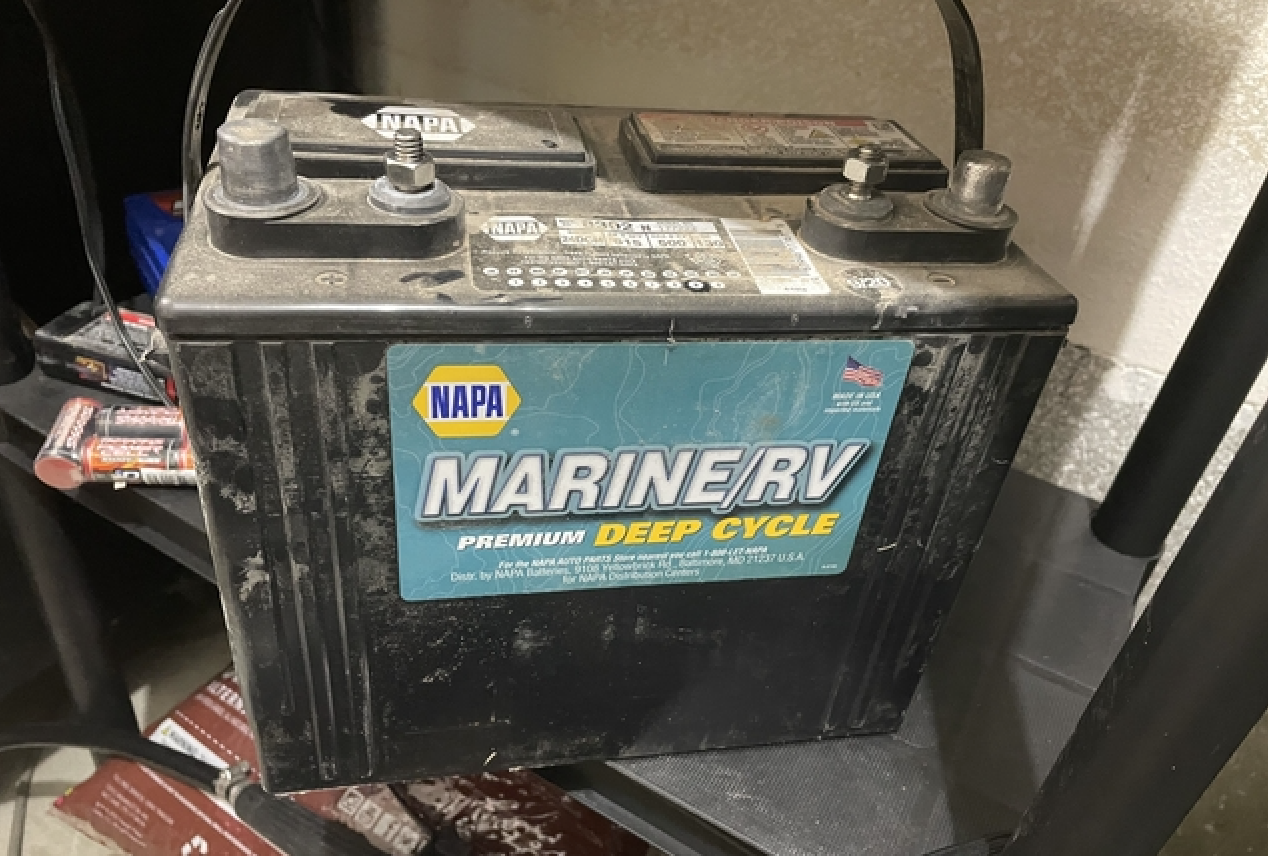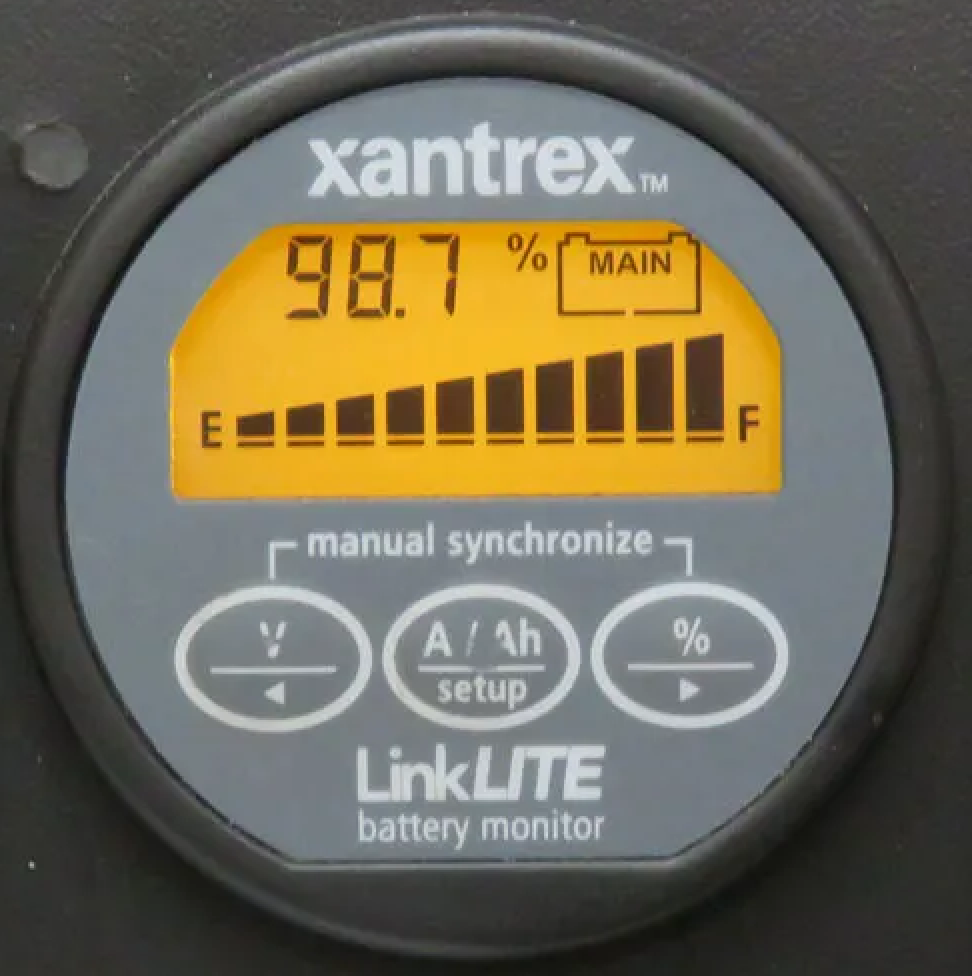Is a Battery Still Good After Sitting For a Year?

We’re willing to bet that the primary reason people wind up poking around their boat’s engine room is because they have battery problems. With modern fuel-injected engines, the battery only needs to crank the it a couple of turns before it starts. Then it happily runs with the alternator charging and all systems are go.
The boat starts, but we’re not monitoring the battery’s efficiency. Problems arise when the battery is called on to run accessories or other systems. A battery that can deliver a short burst to start the engine can also fade fast under a prolonged load.
Real-World Strength
A key issue for boaters is know how strong the battery is. We've also been told that if we leave a battery unused for a year or more, it may be no good. Technicians recommend that a battery be trickle-charged during winter storage to maintain the charge level. This prevents the battery plates from becoming "sulfated." As the sulfation builds up on the battery plates, efficiency is reduced. If the buildup becomes too thick, the battery can short across the plates and at that point, it is junk. The sulfation process is continuous and the trickle-charge is necessary to maintain the plates and acid in peak condition.

If a marine battery that is in “good condition” when it goes into storage and then sits for the next season if the boat doesn’t get launched, it needs to be tested. The load test determines if the battery is in good condition. The tester measures the voltage that the battery is currently producing and then puts a ‘load’ on the battery similar to the draw if we turn on the lights on or hit the starter. It leaves this load on for several seconds and the digital readout tells if the voltage output is holding steady or dropping.
Reviving the Battery
Our 12-volt deep cycle battery only produced 9.1 volts in a test. Enter the CTEK Multi-7000 battery charger. One of the claims this product makes is that it can "restore" a deeply discharged battery. Our hope was that by following the directions and using the CTEK Multi-7000, we could bring my deeply discharged battery back up to 12 volts.
That could save the price of a new battery and keep the old battery from winding up in a recycle facility; better for the environment — better for our budget.
After removing the battery caps and topping off the cells with distilled water, we connected the positive and negative leads and let CTEKs automatic function takeover. It started in charging mode and then switched over to restore mode. We let it charge overnight.

In the morning, the CTEK had gone from restore back to charge and was showing a full charge level. We took the battery to have it tested again. It registered 13.1 volts. Then we put the load test on. The battery delivered 13 volts for a few seconds then dropped to 12.5, then 12 and down to 10.8 as the first load came off. A short time later, we repeated the load test and watched as the voltage reading dropped quickly from 12.8 down to 10.4 volts. Another few moments passed and the battery tester's LED readout showed ‘battery dead’.
Monitoring System
We were disappointed but not surprised. A quality battery charger can clear up some of the sulfation by pulsing the voltage and to clearing the plates without overheating the battery.
That's what the CTEK charger was attempting to do in restore mode. The problem was that our battery was not of high quality to begin with. The plates may be thinner, lead quality may be lower — there are many factors affecting quality. Boaters need to be aware of the quality because that determines the battery’s efficiency and how long it can put out the current you need at anchor, when the pumps run. Additionally, a marine battery is designed to hold a charge longer than an automotive unit.
Enter the second piece of equipment: a new Xantrex Battery Monitor. The Xantrex LinkPRO and LinkLITE monitors let boaters read their battery-bank levels like a fuel gauge, providing voltage statistics, battery capacity, charge and discharge current, all on a backlit LCD display.

The Xantrex LinkLITE is more affordable alternative with fewer features but it still monitors two battery banks simultaneously. In addition, both come equipped with an internal programmable alarm that runs a generator when needed or automatically turns off devices when the battery voltage exceeds programmable limits.
With the ability to monitor a battery, a boat owner can avoid the problems of a weak battery failing. It seems that for all but the top quality batteries, we should not expect to be able to revive a battery that has sat for more than a year.